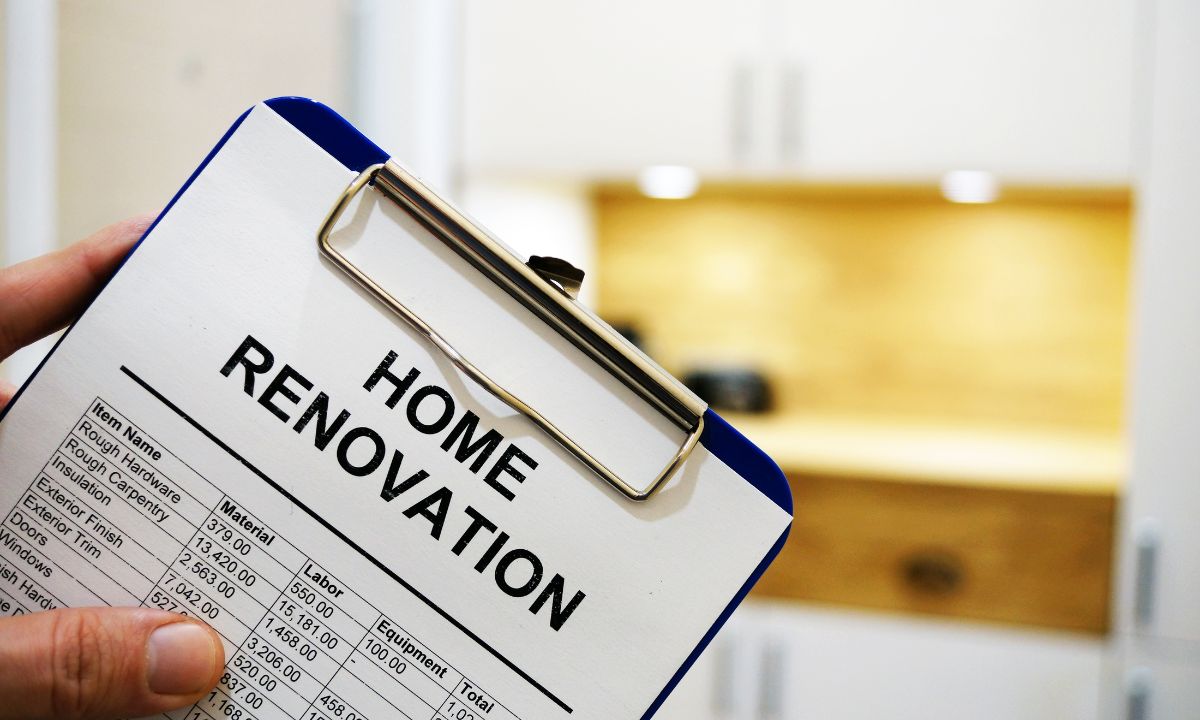Mortgage Insights: What You Need to Know About Financing a Fixer-Upper
 Buying a fixer-upper can be a strategic way to acquire a home below market value while customizing it to fit your needs. However, the financing process for these properties requires a bit of extra insight. As a loan officer, I’m here to guide you through the key mortgage considerations for purchasing a fixer-upper and help you secure the right financing to make your renovation dreams a reality.
Buying a fixer-upper can be a strategic way to acquire a home below market value while customizing it to fit your needs. However, the financing process for these properties requires a bit of extra insight. As a loan officer, I’m here to guide you through the key mortgage considerations for purchasing a fixer-upper and help you secure the right financing to make your renovation dreams a reality.
Explore Specialized Loan Options
When it comes to financing a fixer-upper, traditional mortgages often fall short. Here are a few specialized loan options designed to address the unique needs of these properties:
- FHA 203(k) Loans
The Federal Housing Administration (FHA) offers the 203(k) loan program, which allows you to finance both the purchase price and renovation costs. This type of loan is perfect for homes requiring major repairs or updates. - Fannie Mae HomeStyle Renovation Loans
Fannie Mae’s HomeStyle Renovation loan provides the flexibility to finance both the purchase and renovation of a property. This loan can be used for a variety of improvements and renovations, giving you more control over your investment. - VA Renovation Loans
If you are a veteran or an active-duty service member, the VA Renovation loan could be a great option. It combines the cost of the home and renovations into one loan, and it offers the advantage of no down payment for eligible borrowers.
Prepare for the Renovation Process
Securing the right mortgage is just the beginning. To ensure a smooth renovation experience, follow these key steps:
- Conduct a Comprehensive Home Inspection – A thorough inspection is essential before you finalize your loan. It helps you identify the extent of repairs needed and avoid unforeseen issues that could impact your renovation budget.
- Choose Certified Contractors – Lenders often require that renovations be carried out by licensed professionals. Ensure you select reputable contractors to meet loan requirements and achieve high-quality results.
- Develop a Clear Renovation Plan – Outline your renovation goals, budget, and timeline. Share this plan with both your lender and contractor to align expectations and streamline the renovation process.
Financial Considerations
Financing a fixer-upper involves more than just securing a mortgage. Consider these financial aspects to ensure a successful investment:
- Budget for Contingencies – Renovations can reveal unexpected problems. It’s wise to set aside extra funds to cover any surprises and avoid financial strain.
- Assess Future Property Value – Research the potential increase in property value post-renovation. This will help you gauge the profitability of your investment and ensure you’re making a sound financial decision.
Navigating the mortgage process for a fixer-upper can be complex, but with the right knowledge and preparation, it’s a rewarding endeavor. By exploring specialized loan options and planning your renovation meticulously, you can transform a fixer-upper into a stunning home or a profitable investment.
Ready to get started? Contact me today to explore your mortgage options and take the first step toward turning your fixer-upper dreams into reality!
 As a mortgage originator, I often encounter homeowners and buyers looking for ways to finance their home improvement projects. Renovation loans offer a fantastic solution, enabling you to upgrade and personalize your home while incorporating the cost into your mortgage. We will explore the different renovation loan options available, such as FHA 203(k) and Fannie Mae HomeStyle, to see how they can help you achieve your dream home.
As a mortgage originator, I often encounter homeowners and buyers looking for ways to finance their home improvement projects. Renovation loans offer a fantastic solution, enabling you to upgrade and personalize your home while incorporating the cost into your mortgage. We will explore the different renovation loan options available, such as FHA 203(k) and Fannie Mae HomeStyle, to see how they can help you achieve your dream home.